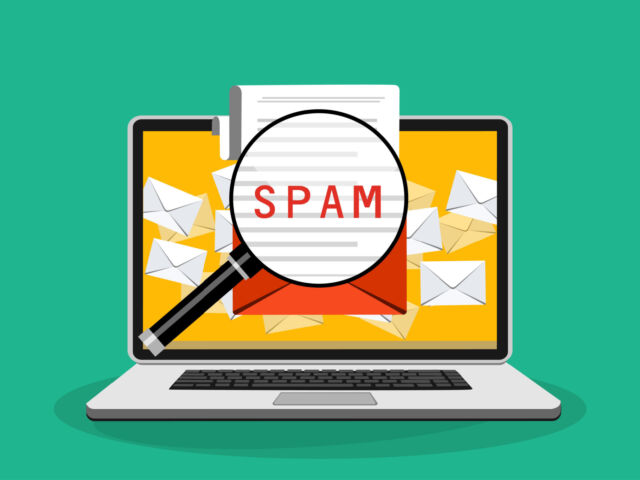Everyone has done a Google search before – you, your customers, and probably even your five-year-old son. Not everyone truly understands the results they are seeing though, or how they got there. That’s okay, we’re here to help.
Understanding Search Results
First, understand that Google has a very complex algorithm containing over 200 factors that it uses to display most search results, and that algorithm undergoes 300-400 changes a year. This algorithm produces what we call organic search results. These are the search results that appear in the main part of the page.
However, the listings on the top of the page with a yellow background (you may even have to tilt your screen to see the color difference) are actually ads. If there is a right hand column with additional listings, these are ads as well. All of these ads are known as Pay-Per-Click ads. There is also small text with each of these ad sections indicating that they are ads. The image below illustrates these listings with paid ads in blue, and organic search results in red.
How PPC Works
The basic concept of these ads is that a company creates an ad with a headline, and two lines of copy to go with it. They also tell Google what page to send a user to if they click the headline. They then set an amount that they are willing to pay every time someone clicks on their ad that goes to their page. The advertiser is then only charged when someone clicks on the ad (hence, “Pay-Per-Click”).
So, how does Google determine who gets each of the top spots? There are a couple of factors:
- Bid Amount: This is typically the biggest factor, and plays out somewhat like a hidden Ebay auction. Everyone bidding on a specific keyword that someone may type into Google sets an amount that they are willing to pay. Whoever is willing to pay the most gets the top spot, but it will only be slightly more than what the person below them is willing to bid. So, if you are willing to pay $10 for a click, but the next highest bidder is only willing to pay $5, you’ll likely get the top spot for about $5.50 if someone clicks on it.
- Quality Score: Google creates a quality score for your ad, which can affect your bid amount with a penalty or discount (neither of which they will show you). This means they may actually give you a better spot for less money – if they feel you’re a really good match. The quality score is based on the quality/relevance of your ad, landing page experience, and expected Click Through Rate (CTR).
- Keyword Relevance: The relevance of the keyword you bid on compared to the keyword typed in can affect your position (In Pay Per Click, Google may still show your ad even if it doesn’t exactly match the keyword you bid on. This is known as a “Broad Match”). The biggest factor is that it changes with whom you are now competing and what they may be bidding. However, Google wants to try to match the best that they can.
Time to Get Started with PPC!
The nice part about PPC is that anyone can really do it, and Google makes it easy for you to get started on your own. There is tremendous value, though, in having experienced advertisers working with you to manage your campaign. It can cut down your costs and greatly increase your conversion rates. If you’re looking for someone to help you out, let us know. And, if you have any other tips, please share them in the comments below.


